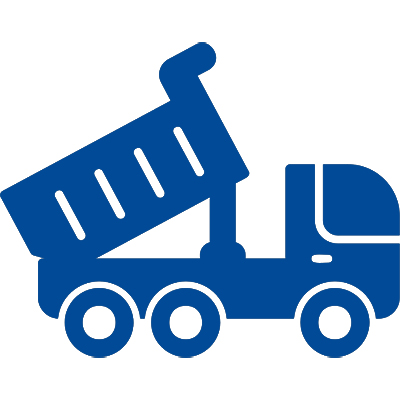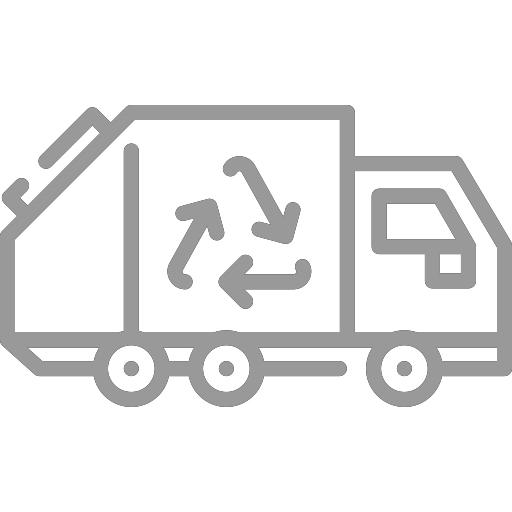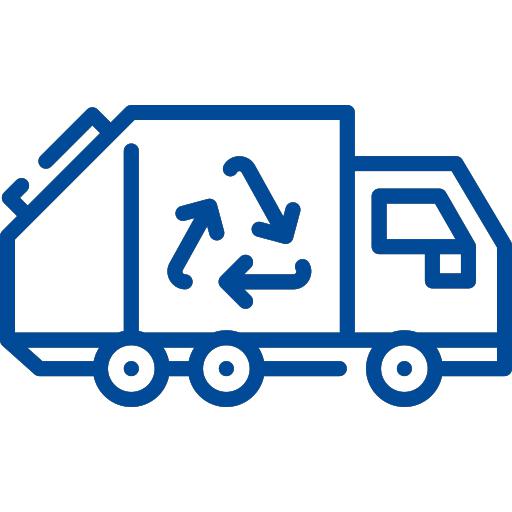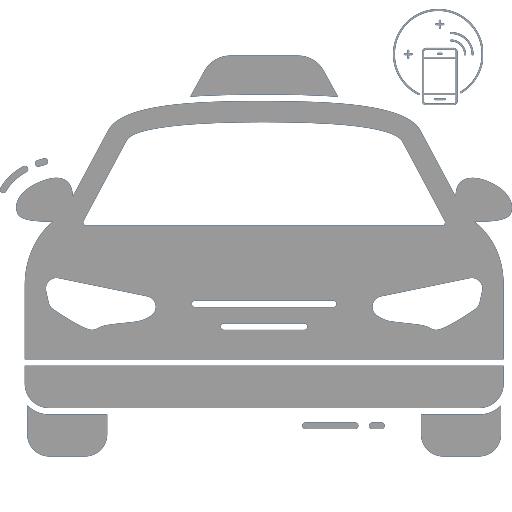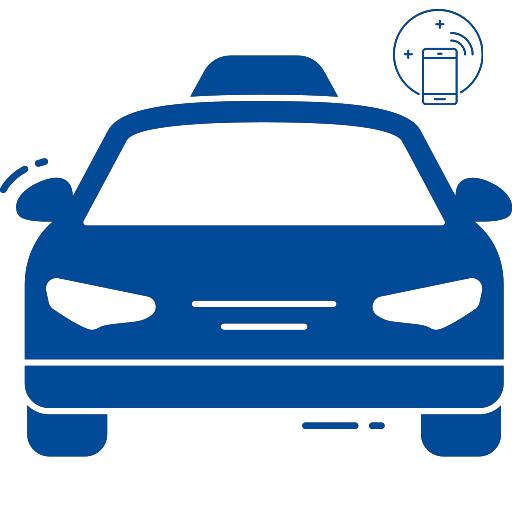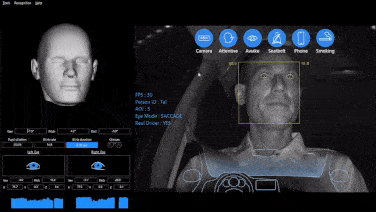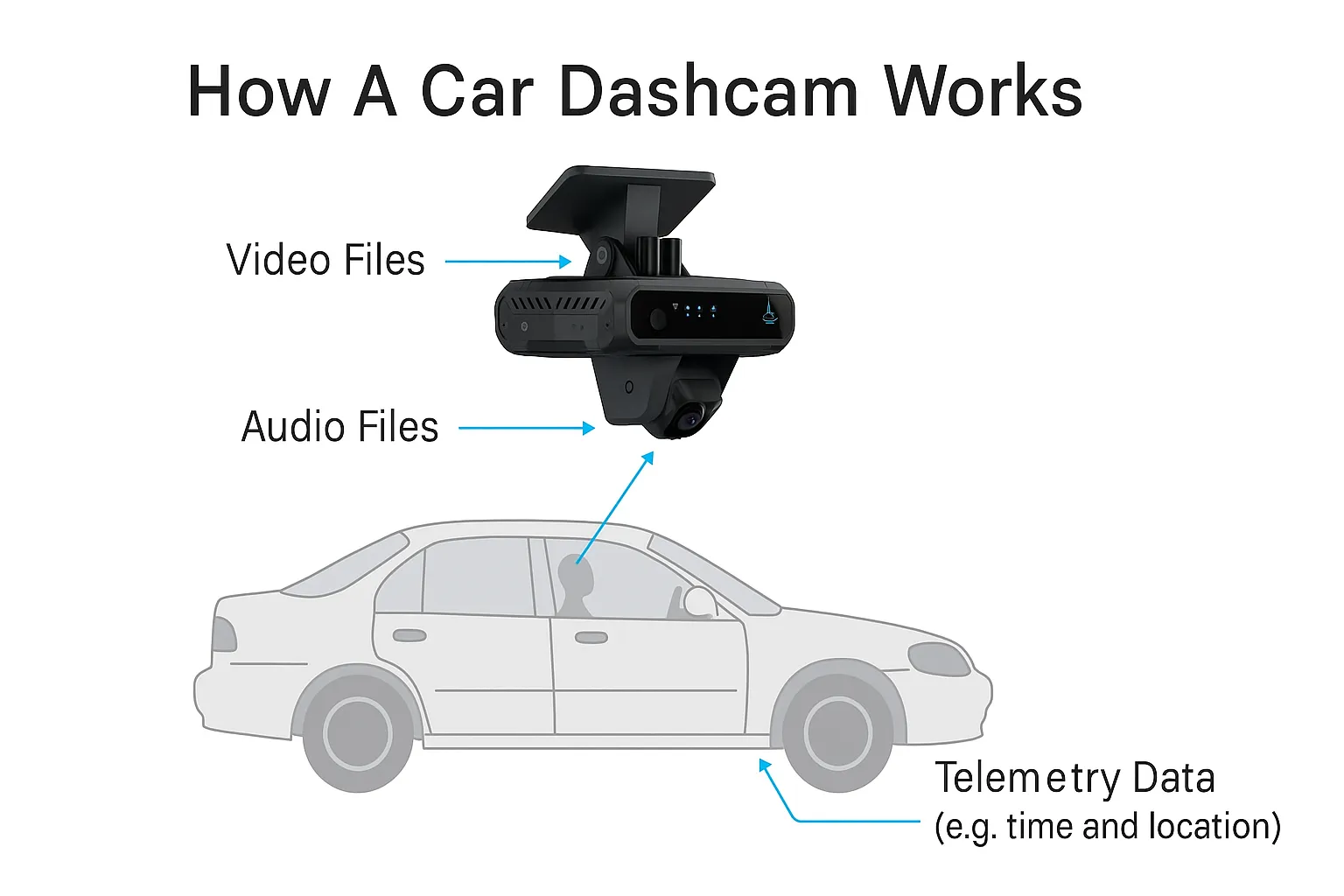What Are the Benefits of GPS Trackers?
Benefits of Car GPS Trackers
The use of GPS technology has become a standard practice for many businesses. While you may already be familiar with the primary advantages of GPS trackers, there are some hidden benefits you might not have considered. Here, we explore the advantages of GPS tracking systems, with a special focus on YUWEI's C5 multifunctional vehicle tracker.
hnweb_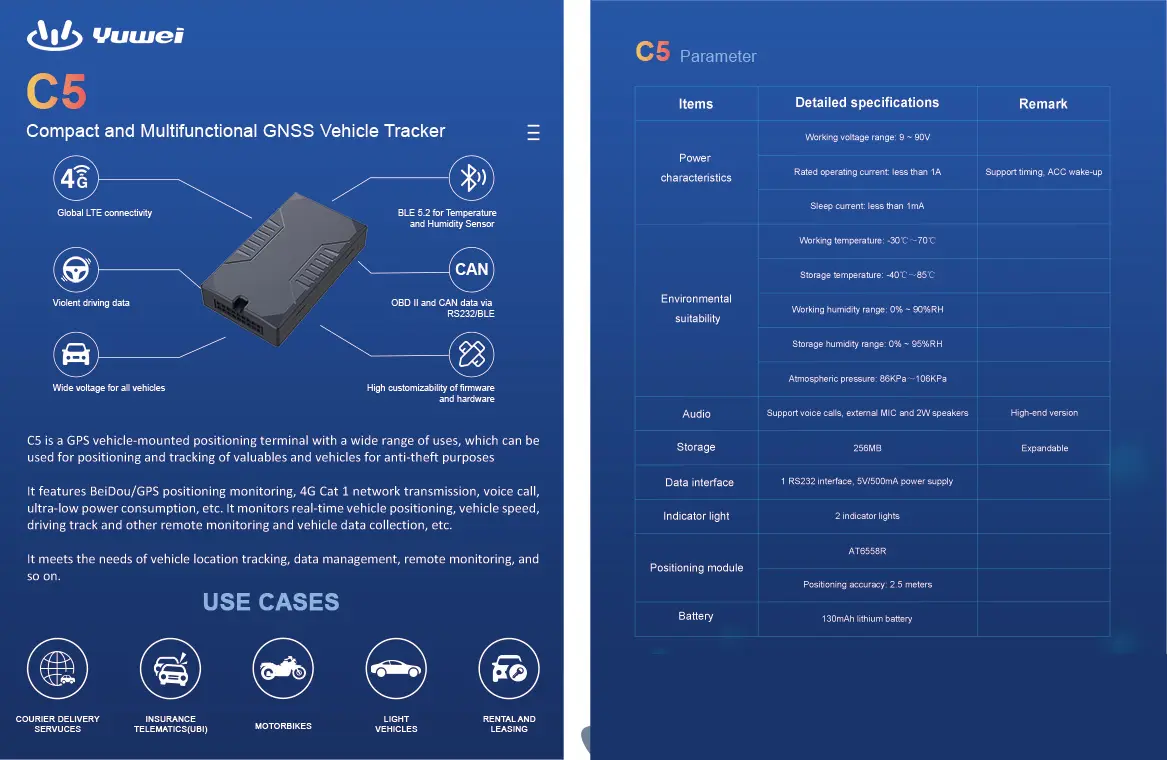
Known Advantages
1. Real-Time Location Tracking
GPS trackers monitor vehicle locations at all times, ensuring routes are followed as planned and aiding in the quick recovery of stolen vehicles.
2. Monitoring Dangerous Driving
Trackers record events like sharp turns and rapid acceleration, alerting fleet managers to unsafe driving behaviors that may lead to accidents.
3. Reducing Fuel Costs
By optimizing routes and minimizing idling, GPS systems help reduce fuel expenses effectively.
4. Enhancing Customer Service
Improved scheduling and route planning shorten delivery times, boosting customer satisfaction.
Hidden Advantages
1. Driver Emergency Assistance
Combining GPS with remote monitoring, the C5 provides precise locations and real-time updates in emergencies, enabling quick responses.
2. Accurate Cost Accounting
The C5 supplies vehicle usage data, optimizing routes and fuel consumption to reduce expenses and improve cost accounting accuracy.
3. Simplified Tax Compliance
Automatically recording mileage reduces administrative burdens and ensures accurate tax reporting.
4. Enhanced Security
The C5 offers abnormal alerts (e.g., vibration or tampering) and remote monitoring to further protect vehicle safety.
5. Minimized Maintenance Interruptions
By monitoring battery voltage and using a warning system, the C5 helps schedule maintenance proactively, avoiding unexpected downtime.
6. Increased Efficiency
Real-time tracking and alerts allow vehicles to respond to tasks quickly, optimizing routes and reducing fuel and time costs.
7. Improved Transparency
Providing data on driving behavior and location promotes transparent management, fostering accountability and trust.
Why Choose YUWEI?
YUWEI specializes in innovative IoT solutions, offering advanced GPS tracking devices and intelligent management platforms to help businesses achieve efficient and secure operations. To learn more about YUWEI's C5 tracker, contact us today. We are dedicated to delivering cutting-edge technology and excellent service to take your business to the next level.
Email:hello@yuweitek.com
More:Dash Cams for Vehicles | Multi Camera Car System | CCTV Camera Car
















